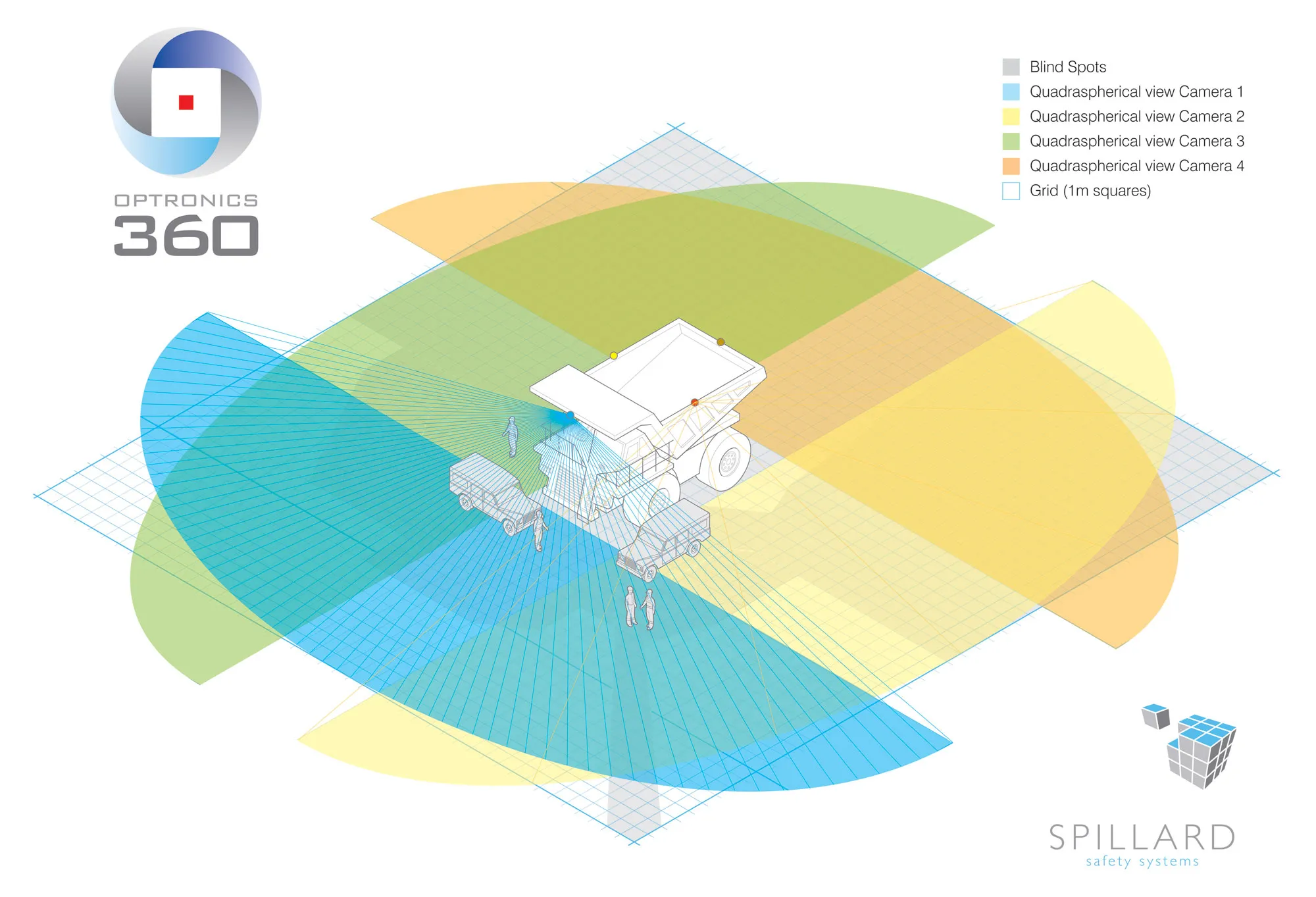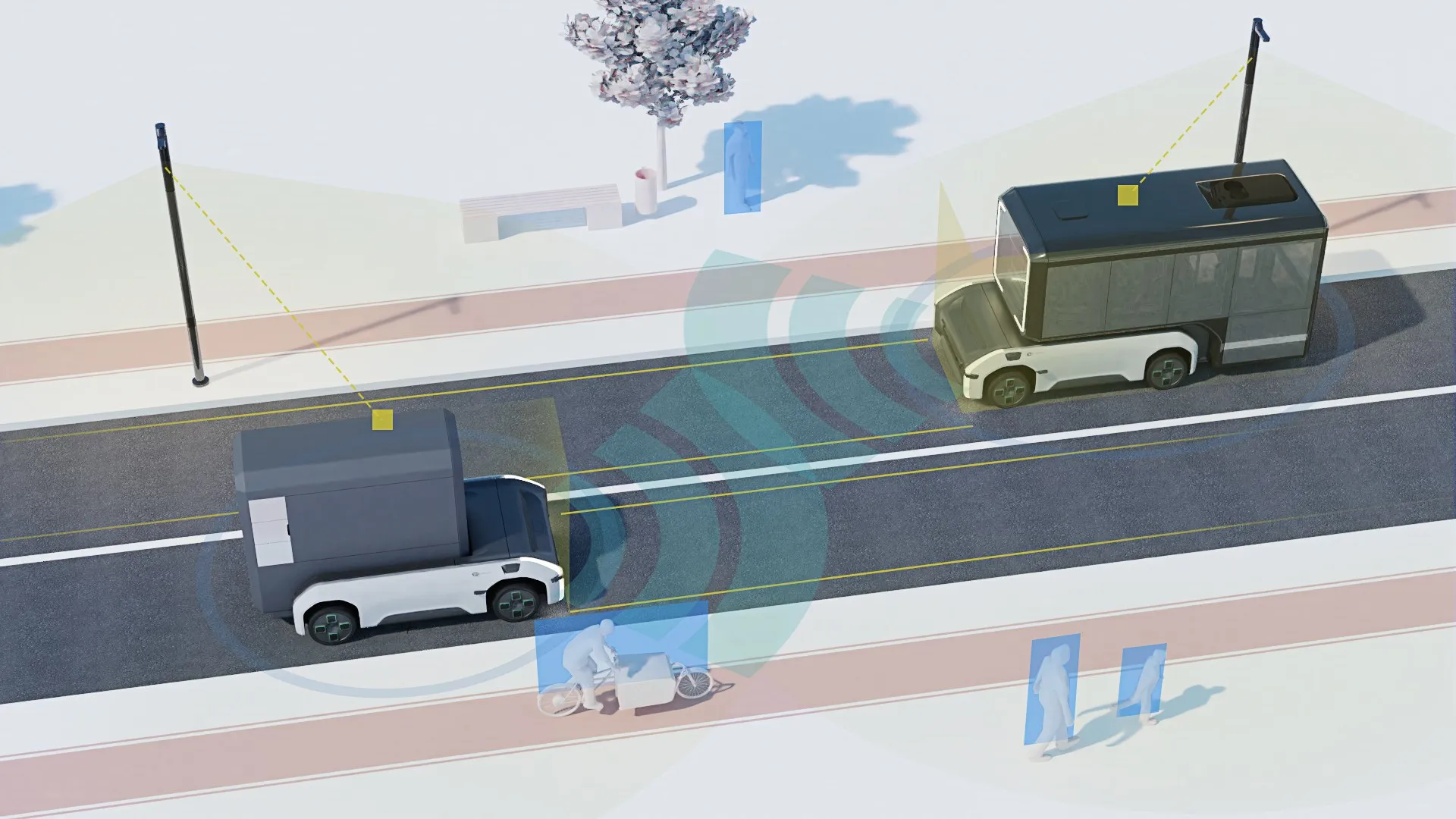2454 Nissan is working on an innovative intelligent vehicle technology it calls autonomous drive. The company believes it can make this ready for the market by 2020. The system is intended to make driving safer and more efficient, reducing the risk of crashes, increasing mobility for the disabled and elderly and also optimising driving with a reduction in fuel usage and vehicle wear. To help with the development programme, Nissan is constructing a test area where the vehicles can be driven around a series of roads surrounded by structures simulating buildings and this is expected to be ready for use by 2014. The sophisticated safety system will represent a further development of Nissan’s safety shield package, which uses sensors and cameras to alert drivers and prevent crashes. It is not clear at this stage which package of technologies Nissan will use for its self-driving car concept. However, forward scanning laser and radar detection systems, GPS tracking and inertial navigation technologies are all comparatively inexpensive and well-proven in other autonomous vehicle systems used in industries such as mining. Whether these systems will be used by Nissan for its autonomous automotive vehicle concept remains to be seen. However, previous efforts at building autonomous vehicles by automotive manufacturers have largely overlooked the proven systems used in mining and other industries. There are concerns in some sectors over the safety of autonomous vehicles with regard to the reliability of the various systems selected as well as possible over-reliance on technology by drivers to avert a crash








